Chef Michael Mina Wants the World to Cook More Egyptian Food
In his newest cookbook, the award-winning restaurateur offers an innovative and deeply personal introduction to the cuisine of his birthplace.
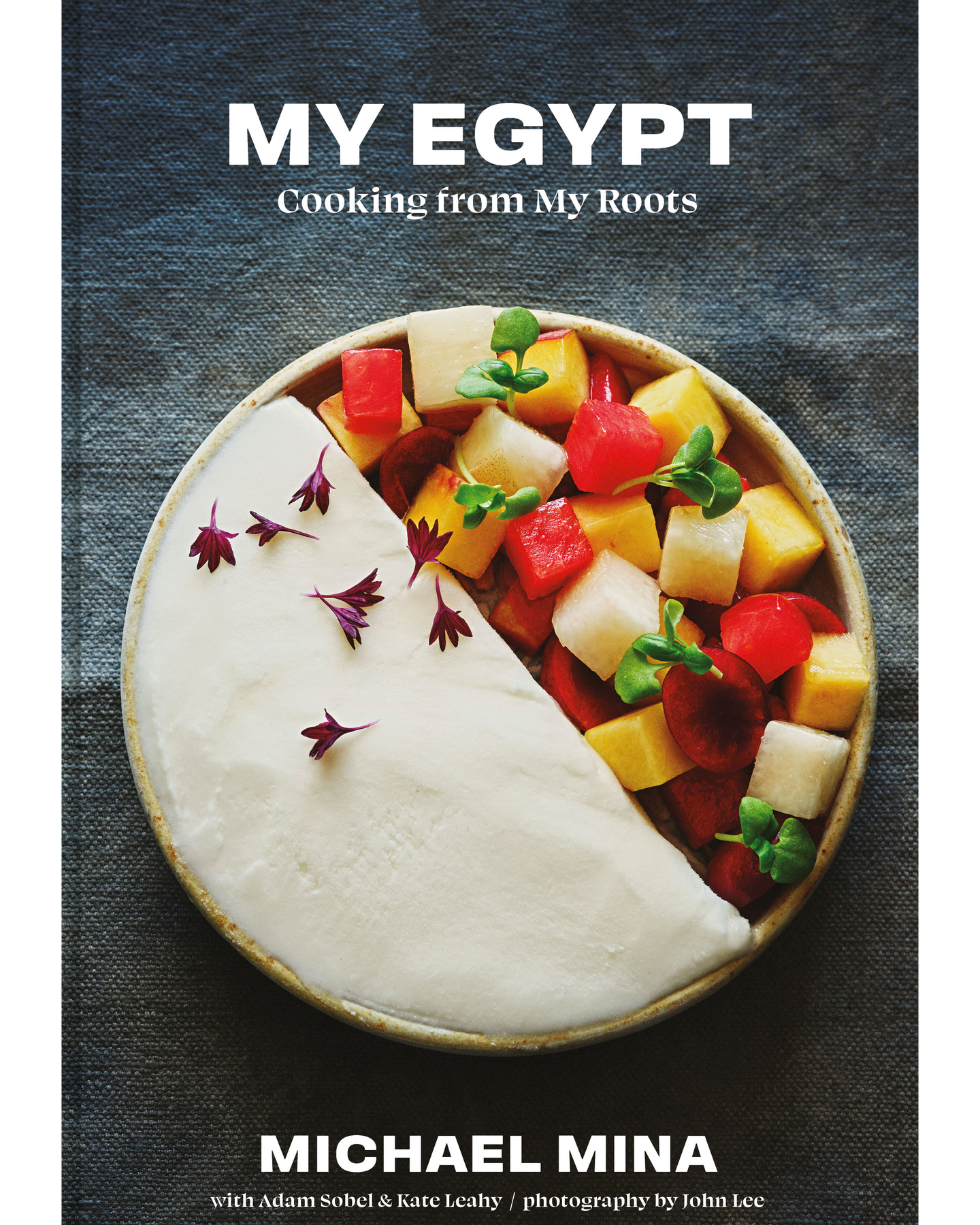
This interview is brought to you by the SAVEUR Cookbook Club, our passionate community of food-loving readers from around the globe, celebrating our favorite authors and recipes. Join us as we cook through a new book every month, and share your food pics and vids on social media with the hashtags #SAVEURCookbookClub and #EatTheWorld.
In flipping through Michael Mina’s new book, My Egypt, I couldn’t help but linger on its opening pages: images of the Nile, cutting its way through Cairo at daybreak; street vendors grilling corn and serving platters of ful medames and pickled vegetables; the ornate woodwork of the Hanging Church in the Coptic Christian portion of the city. One image in particular, one of the country’s great pyramids looming in the background of present-day commuters, struck me as a metaphor for Mina’s cuisine: an artful juxtaposition of ancient flavors and 21st-century innovation. Though he has been one of America’s most accomplished chefs for decades now, with more than 30 restaurants across the West Coast, Mina has only turned his attention to the Egyptian cuisine of his heritage within the last decade. Yet the flavors he loved throughout his childhood—koshari, the classic comfort food of chickpeas, rice, lentils, macaroni, and caramelized onions; and his mother’s famed ta’ameya, Egypt’s fava bean-based version of falafel—stuck with him. Now, after years of meticulous research and extensive collaborations with chefs around the world, Mina has delivered his take on the iconic foods of Egypt, applying his classical training to honor and uplift the dishes that sustained him. As Mina shared with me, he hopes his turn toward Egypt will inspire other chefs and home cooks to explore the cuisine, in all its ancient and modern forms.
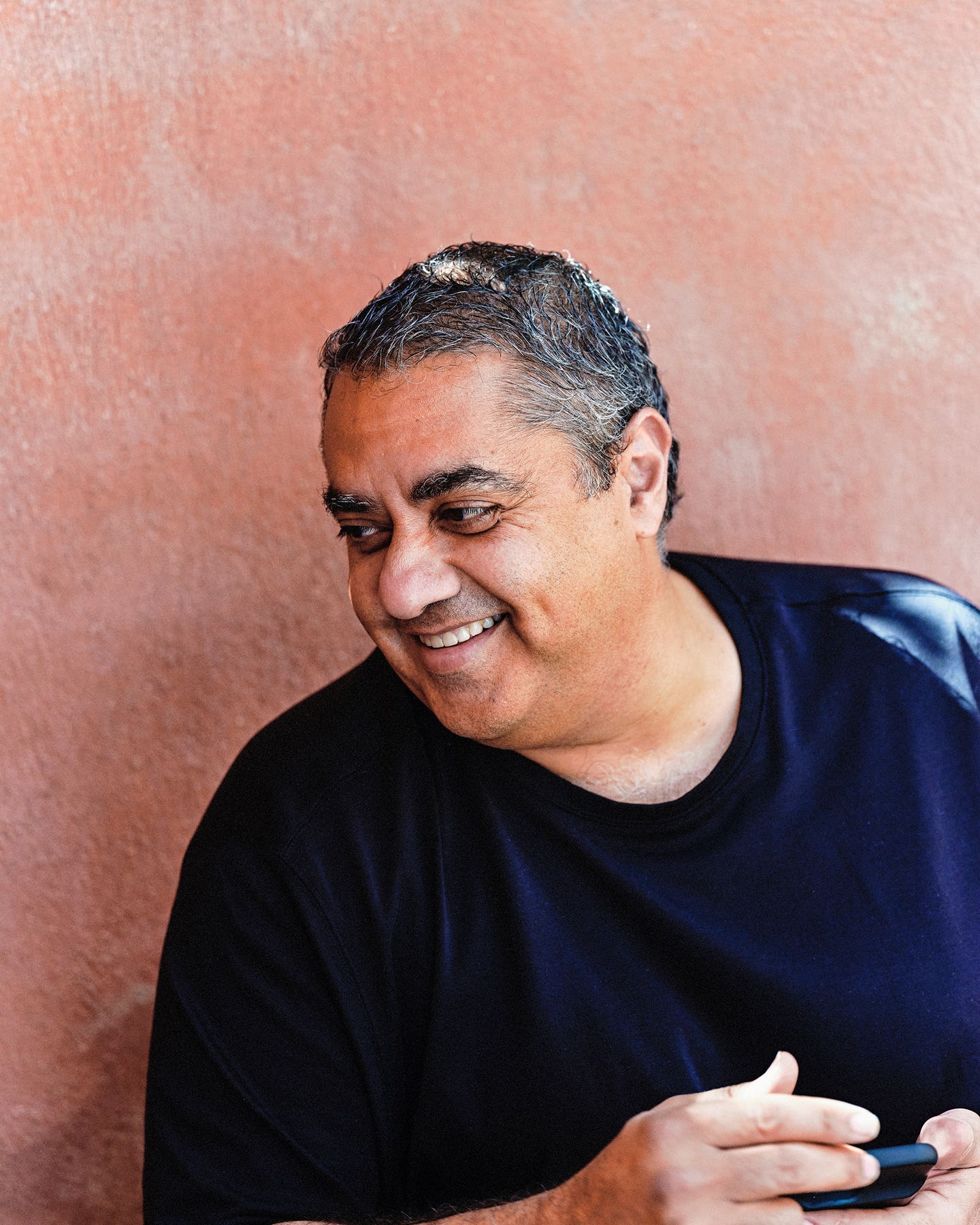
Jessica Carbone: You’ve had a long career in food but really only pivoted to Egyptian cuisine in the last decade. What motivated you to do that, and what did you have to change?
Michael Mina: When I opened my first restaurant, Aqua, in 1991, it was an all-fish restaurant—not Japanese or Italian or any one cuisine, but just a fish restaurant. It wasn’t the time for me to turn to Egypt, in part because I don’t think people would have understood a Middle Eastern-style restaurant at that time. In all honesty, I grew up with a mentality of not wanting to be different. I moved from Egypt when I was two years old to the center of Washington state, basically to a farm town. So I had grown up being one of one, and I was still pretty young when I opened my first restaurant and felt that I didn’t want to be labeled. But as time went on, I started to explore more in my restaurants. Then, I started seeing all these other super-talented chefs, like Michael Solomonov and Mourad Lahlou, doing great Middle Eastern and Moroccan food. I was more and more intrigued to do something from Egypt, which wasn’t being represented at all at the time, and figure out how I could boost it with great technique. So that’s how it started.

Do you think the reception of Middle Eastern cuisine has changed in the U.S. today?
Definitely. When I think about how foods change, I think about places like Nobu, who almost single-handedly taught the United States about eating raw fish and sushi. In the U.S., the talent of chefs is increasing considerably, and diners are more interested in food than they’ve ever been. Granted, everyone’s going to argue about where things come from, and there’s a lot of evidence to suggest that certain dishes originated in Egypt, and that helps you decide what to highlight. (One thing I learned was that foie gras existed in Egypt, and there was a tradition of fattening up geese for a lot of purposes. So when I serve hummus and foie gras together, it makes sense for those two things to exist side by side, along with pomegranate seeds and cauliflower.) The world went through the fusion confusion phase, but what you can write on a menu today versus what you could write ten years ago is so different. So we organized the book to honor that.
What are the key elements of Egyptian cuisine that you preserve in each dish, even when you’re innovating?
It’s really the same with any cuisine. Why is saffron risotto so great? Because when it’s made right, it’s the best. That’s their koshari, right? When I’m flying home, the first call I make after booking my flight is to my mom, saying that I want koshari. That’s how much I obsess over it—it’s just pure comfort, and the layers that go into it make it really delicious. So it’s the ingredients, the products, and then a lot of the time it’s the spices, but most of the time it’s the sequence of how things are put together.
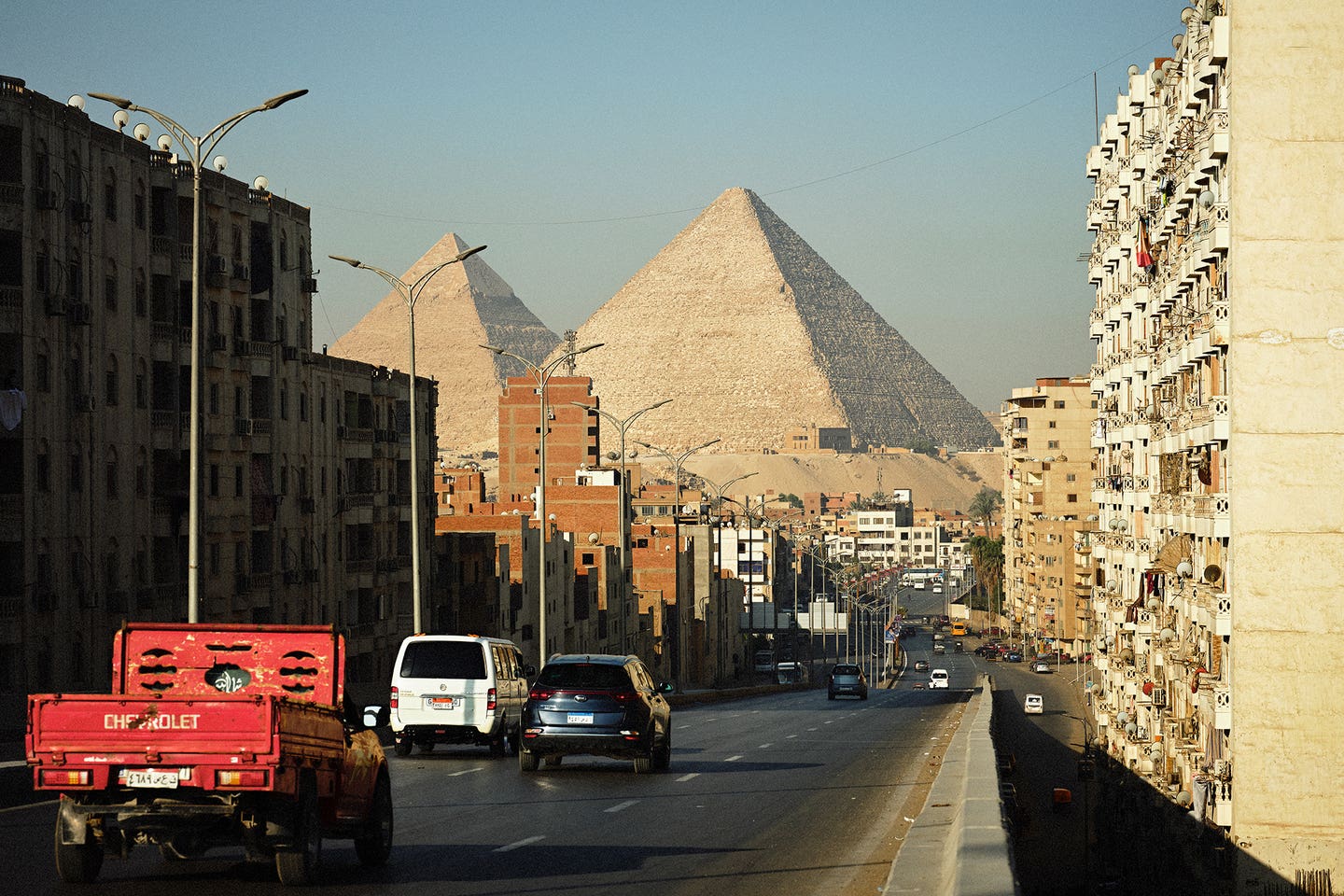
You went back and forth to Cairo and to other parts of Egypt many times to research this book. What was the research process like?
I always knew that the title was going to be My Egypt because this is my story—not growing up in Egypt, but wanting to go back. So I knew I needed to find someone to help me understand the cuisine, and I found the best person: Moustafa Elrefaey, who runs Zooba, a great chain of fast-casual restaurants in Cairo that really does it right, and he knows everybody and everything about Egypt. Our first trip together was just mind-blowing; he showed me the roots of all the things I had grown up with and introduced me to a small network of young chefs. They had a giant pit barbecue in a metal drum baked into the ground and filled it with fig branches, and we just sat over it and drank tea all night. We learned a ton from each other and cooked together and journeyed together, especially to places where we could see things being made. We watched women pulling dough for feteer, a buttery flatbread, making it thinner than we ever thought possible. When you go to a village or restaurant and see something being made, it reveals these techniques that are very different from what’s just been passed down.
You take dishes such as om ali, which is a classic bread pudding made all over Egypt, and bake it with day-old croissants. What’s your process for adapting and innovating on traditional dishes?
It’s interesting because now I’m cooking in Santa Monica, where I get ridiculously great produce all the time. So I find myself saying, “Would someone have made a traditional dish with this ingredient if they could access it?” So you start with seasonality and product, then you go into the foundation and technique of making it. For something like ta’ameya, we have to stay true to classic toppings of parsley, red onion, tomato, and cucumber. Then I think, “This would be a killer crudo with ahi tuna,” which they wouldn’t have had access to in Egypt. Another example is mangoes; when it’s mango season in Egypt, everyone’s obsessed with them, and there are 19 different varieties of mango there. As a pastry chef, one of my most signature dishes was banana tarte tatin, so I basically created a mango basbousa tarte tatin. There were some techniques I tried to replicate—I played around with the pit barbecue to see if I could recreate it in the restaurant, using kosher salt instead of dirt to surround the pot, and it produced that same effect, holding the heat and slow-cooking it from all sides. But at the end of the day, you want to use the best cooking techniques you can use. We’ll never be able to make feteer the way those women do in Egypt, but we have the tools we have, and we can get close.
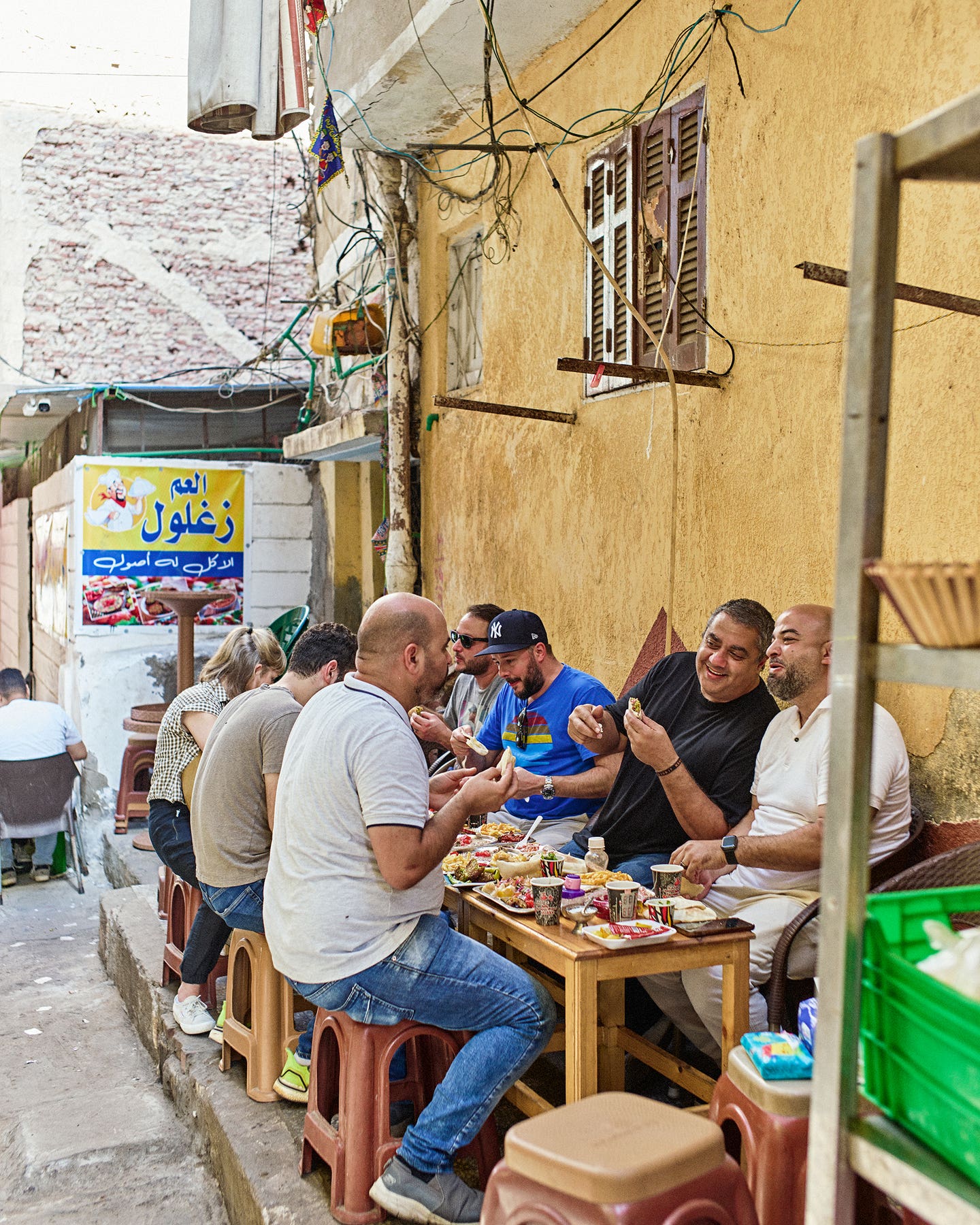
During your research, what did you learn about the relationship between the street foods of Egypt and the social and community climate?
Egyptians love to laugh, to socialize, to argue, to negotiate, and all those things combined mean community—people sitting around a table. In the mornings, you’ll find ful medames carts everywhere, and you sit down with your pickles and breads and just join tables. In the book, I talk about sweet potatoes as a winter phenomenon, roasted in smokers and served in their skins, sometimes with honey (we do it with bitter herbs, olive oil, and sea salt). Now, in New York, it might be a hot dog stand, but in Cairo that’s what they do. So we knew we wanted to incorporate those foods, those sweet potatoes and beef skewers and other dishes, into the book.
You dedicate the book to your parents, who “kept Egypt alive” for you. How did you see that at the table?
In America, I think you get caught up in the whole meal trying to be different; like, if you’re making a two-course dinner of salad and roast chicken, you won’t do that tomorrow. But my father was a creature of habit, and at our house, there were certain things that were always on the table—green onions, pickles, some dips—plus one central dish. My father would grow arugula in the backyard, and there was always a pile of greens on the table, not as a salad, but something to eat with your hands along with the onions and radishes that accompanied each dish. And I still love to eat like that.
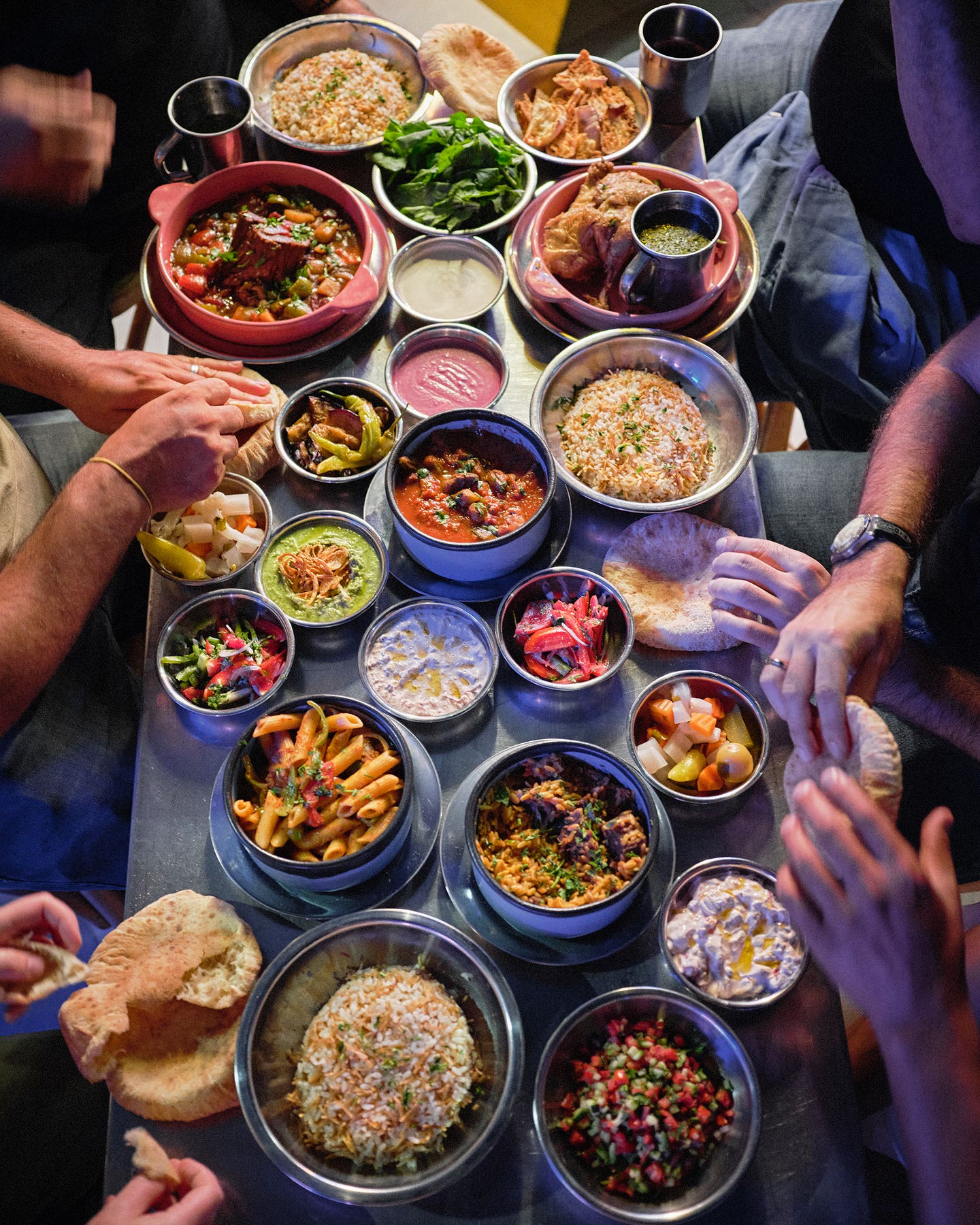
These dishes cross all kinds of culinary categories, like with the feta-brined chicken, which, on the surface, doesn’t seem particularly Egyptian. How do you explain that as a chef?
The interesting thing about Egypt is how many countries have invaded it. And when you understand that Alexander the Great invaded Egypt, you can see 300 years of Greek influence on the food. My father spent a lot of time in Alexandria and my mother was from Cairo, so a lot of the food I grew up eating was Greek or of Greek descent with Middle Eastern spices. Greek food is all about simplicity, and Egyptian food has both a lot of spices and an intentional balancing of elements: the sweet, sour, etc. You see it in the samak singari, the red snapper with potatoes; that’s as Greek as it gets. But when you go to Alexandria, you see how it’s been shaped by all the Egyptian spices: the cumin, coriander, ginger, tomato, garlic, and olive oil. So you get dishes that represent a combination of flavors and histories.
Were there any dishes that you especially loved researching, testing, and developing?
Taking feteer from the streets, where they serve it as these little torpedoes of dough with ishta (clotted cream) and jam, was one of my favorites; I never would have had the idea to do that had I not taken that trip to Egypt. I love the bessara (a fava bean dip, which, in the restaurant, we aerate and serve with harissa lamb chops). And obviously the koshari, but bringing it to life with all the great ingredients I can get here in California. I think the ones I like the most are the ones I grew up eating, because as much fun as it was to innovate new dishes, it was more fun to add to the staples I had eaten forever. And with this book, I felt a strong duty to make sure the recipes worked, to make sure people could cook these dishes often.
Recipes
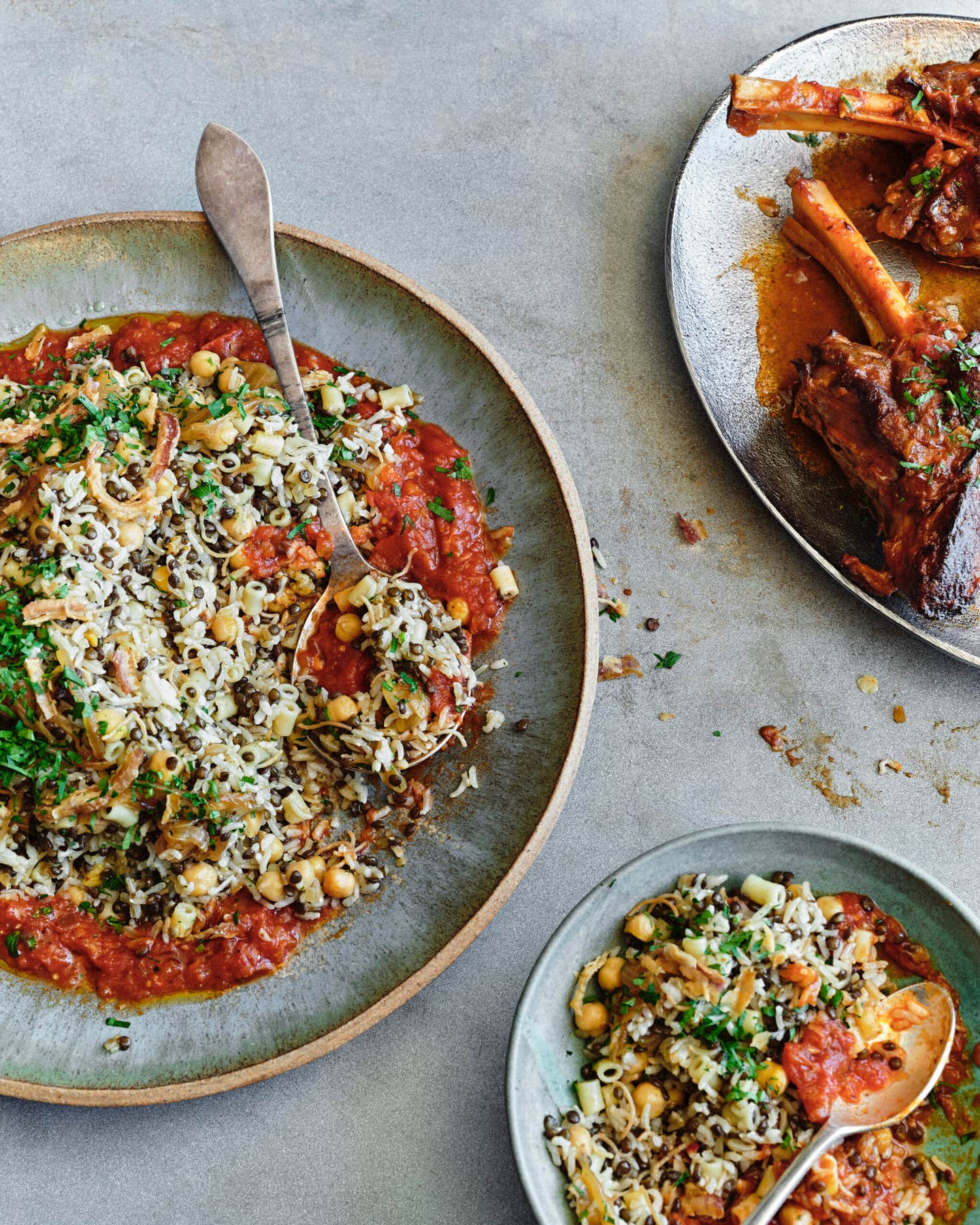
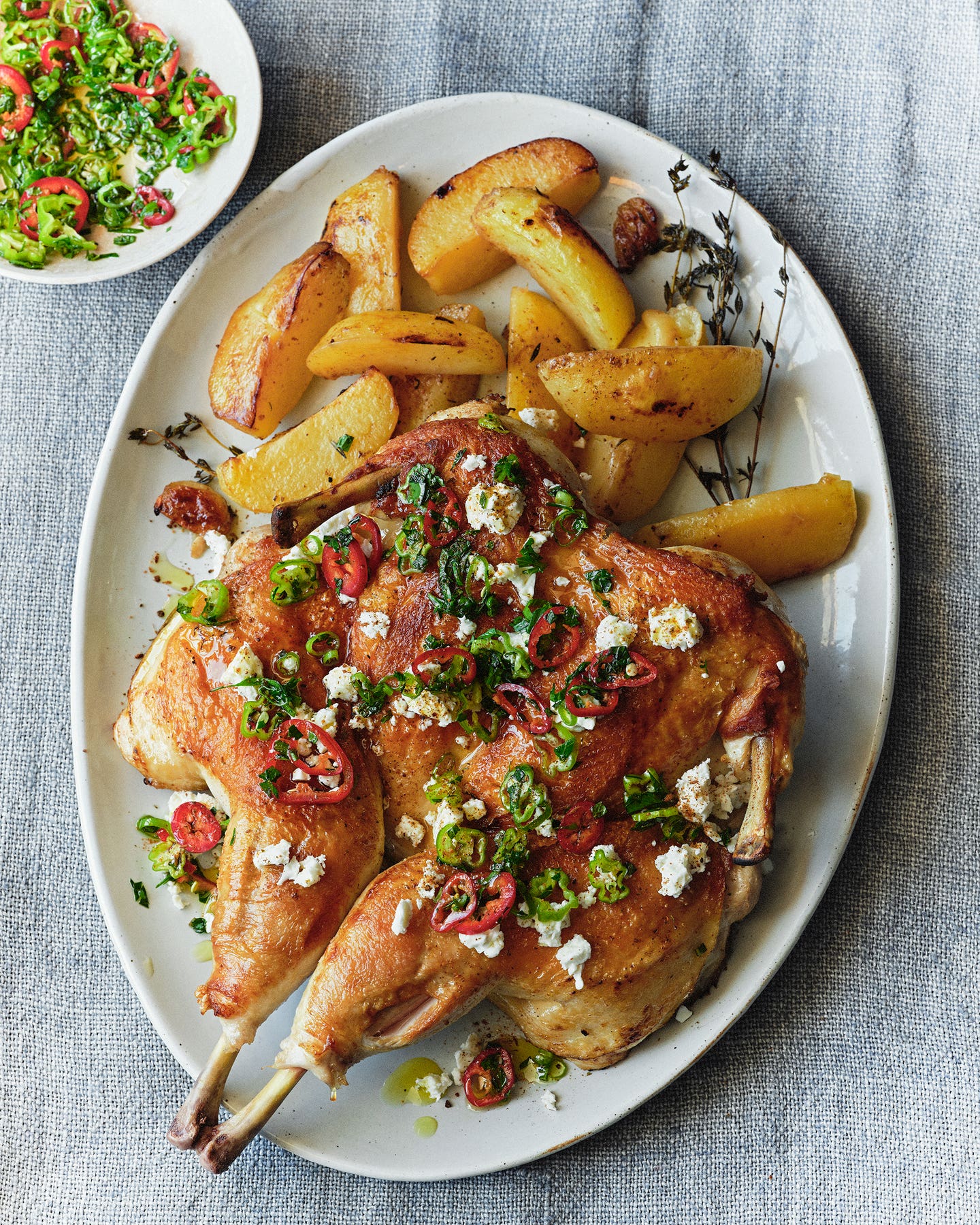
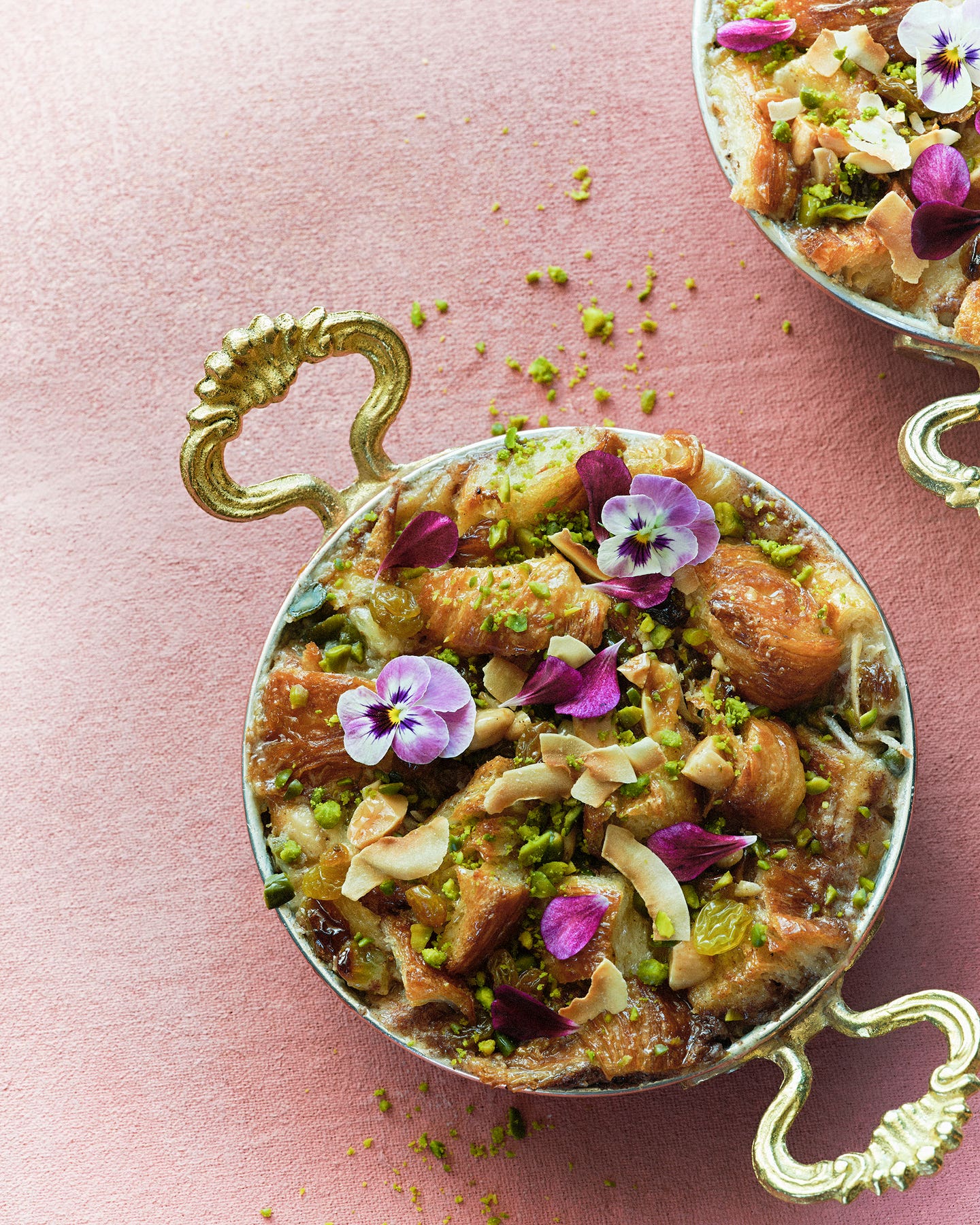
Keep Reading
Continue to Next Story










